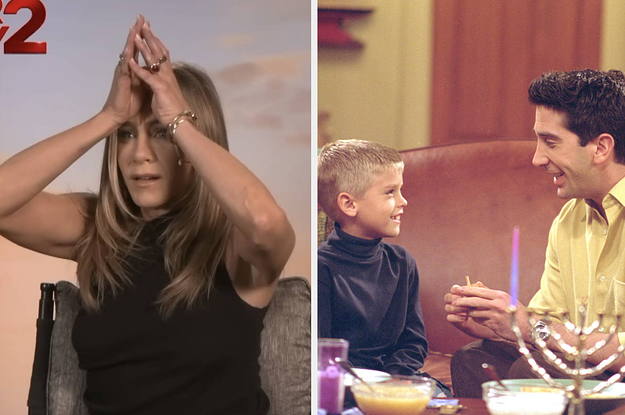
Common grackles and red-winged blackbirds are back with a vengeance. They migrate together in large flocks and are among the first to return in spring. They’re right on time this year, or perhaps a tad early.
Eventually, both species will melt into wetlands to begin the nesting season. Meanwhile, those marshes are frozen. They’ll bide their time for the next few weeks, devouring anything they can find. For brief periods in migration, they even visit feeders, swarming into backyards, chattering noisily.
Grackles look like a stretched-out version of other blackbirds, with long tails and a slender appearance. There are three species of grackle in the United States, but only the common grackle nests in Maine. Boat-tailed grackles have longer tails, and live year-round along the Mid-Atlantic and Gulf Coasts. Great-tailed grackles have even longer tails. They are widespread west of the Mississippi.
Male common grackles appear mostly black, with purplish iridescence. Females are typically a dull bronze-brown to black. Grackles are voracious and versatile omnivores. They like grain, and love corn, but they can also eat bugs, worms and other invertebrates. They are capable of catching mice, and they sometimes raid the nests of other birds. On rare occasions, they will even kill and eat adult birds.
The bill of a common grackle is the avian equivalent of a Swiss Army Knife. It’s long and pointed, suitable for a varied diet. It’s slightly down-curved, useful for foraging on the ground without having to bend over much. There’s a ridge inside the upper portion of the beak that is capable of sawing open an acorn.
Common grackles are comfortable around people. In Maine, they are found mostly in wetlands, but they are equally at home near farms, meadows, parks and suburban neighborhoods — anywhere except deep forest. In winter, they roam the southern U.S. in huge flocks, sometimes numbering in the millions, typically mingling with other blackbird species.
Red-winged blackbirds join those mixed flocks in winter and frequently return with grackles in spring. Red-winged blackbirds are so versatile that they breed from southern Mexico to northern Canada, and every place in between. A few are hardy enough to survive a Maine winter, but Connecticut is typically their northern limit in the cold months. In warmer regions, they don’t migrate at all.
Red-winged blackbirds nest in many of the same habitats as the common grackles, though they are more dependent on cattail marshes. Grackles nest high in conifers. Red-winged blackbirds nest low in wetland reeds and bushes. They lack the ability to open acorns or catch small rodents, but they excel at prowling for small insects hiding at the base of swamp plants. They also devour the weedy seeds around field edges.
Red-winged blackbirds are among the most numerous birds on the continent, so when it comes time to nest, they must cram their huge numbers into small wetlands. In a few weeks, males will take up their posts on perches, singing on territory and squabbling with interlopers. That’s when it becomes obvious that their red wing patches are used to communicate with each other.
Red-winged blackbird males flash the red to show aggression, especially when defending territory. They conceal the red when trying to avoid conflict. Since they are all crowded together, often flying through each other’s territory while searching for food, it’s a quick way to avoid unnecessary turmoil. Still, turmoil happens. Multiple females may crowd into the dominant male’s territory, but their fidelity to him is dubious at best.
In fact, most birds that live in marshes, grasslands and thickets are pretty lax with their pair bonds. It’s hard for males to enforce a territory when there are so many hiding places for a tryst. What happens in the undergrowth, stays in the undergrowth.
Grackles and red-winged blackbirds belong to the family Icteridae (I like to throw in Latin now and then to make myself sound smarter). The Latin name refers to the yellowish color that adorns the feathers of many icterids. That label seems questionable, considering that the birds we think of as blackbirds are mostly black, including Maine’s brown-headed cowbirds and rusty blackbirds.
However, other Maine icterids include orioles, meadowlarks and bobolinks. In the Midwest, the yellow-headed blackbird looks like a grackle that’s been dipped headfirst into highway paint. In the tropics, where most members of this family live, they come in an astonishing array of bright colors.
Winterish weather may come and go. But when the grackles and blackbirds arrive, it’s truly spring.











